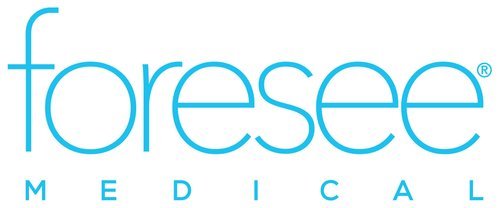Cures for Note Bloat
Since 2010, there has been widespread adoption of electronic health records (EHRs) which has led to significant progress in the digitization of healthcare delivery. Documentation “shortcuts” such as copy and paste, templates or auto-population tools are beneficial because they increase the speed of patient medical chart documentation, and improve legibility as well as the ease in sharing clinical notes between providers.
However, all of these benefits do not lead to highly accurate documents or concise patient records. Many experts have described a new phenomenon, “note bloat”. But what is note bloat exactly, you might ask? Note bloat is when an EHR system, and in particular, the physician clinical notes, contain too many pages of nonessential information, often leaving key aspects of the patient’s record “buried” or omitted. In spite of these pitfalls, many providers, for improved productivity, utilize the tactics and documentation tools that lead to medical note bloat. With tools for easy transmission of electronic data, an error can be easily disseminated to many providers quickly, before the originator has a chance to correct the patient medical chart notes.
The dilemma with medical note bloat is that creating larger, longer clinical notes, at the point of care is easier for physicians than creating a more concise and accurate record that will be valuable for future reference and overall patient care. It is more difficult and time consuming to document completely, accurately and concisely. Physicians charting patterns are typically due to the following reasons:
Risk Mitigation
Physicians believe they are protecting themselves and their organization from medical liability, "the longer the clinical notes, the more I am covered.” This is not necessarily true because if the patient medical chart is reviewed in court, then the redundant and unreviewed storage of previously recorded peer notes obscures the medical findings, which can result in the physician losing the case.
Improved Reimbursement
Physicians that are unsure about all the coding requirements will generally create more clinical notes to demonstrate support for the higher value codes that they are billing Medicare or insurance companies. CMS has addressed this in 2018 by changing the documentation requirements for Evaluation and Management coding.
Productivity
Physicians are under enormous pressure to provide high quality clinical care while meeting the growing burden of administrative requirements placed on them. It is faster and easier to utilize copy and past or auto-populate tools, while enticing on the input side, creates issues on the output side.
Lack of Training and Incentives
Care providers have not been trained on how to use the templates and tools available to them to create the “ideal” medical note. In addition, the incentives and disincentives as mentioned above reward the current practice.
What Needs to be Remedied?
As discussed above, the main issues that need to be addressed by EHR software designers, physicians and clinical staff are the following:
Redundancy
The same information and misinformation is frequently repeated unnecessarily enlarging the note. In some cases, it is difficult to determine the source of the inaccurate information in the patient medical chart and get it corrected or clarified in the clinical notes.
Condensing
Presenting the most relevant and important information first. The clinicians need to see the “data they care about” first and then drill down.
Inaccuracies Diminish Confidence
Many physicians lose trust in another provider’s notes because frequent and inappropriate use of template-based notes are believed to contain extraneous and inaccurate information about patients’ clinical histories
What’s the Cure?
Medical professionals understand that the purpose of portable digital records is to have the necessary clinical information being communicated to improve the continuity of that patient’s care. Another important purpose is to have documentation to support coding and billing, and to protect the provider’s professional medical liability. Potential solutions to improve the quality of digital records and clinical notes include:
Training
Physicians and physician leadership need to work with groups to learn how to write clinical progress notes effectively a priority. Many physicians believe that it impacts patient care. Training physicians on how to write patient notes using their EHR system efficiently and effectively needs to be elevated.
Better Template Designs
Many of the template designs were created to ensure efficiency at the point of care and therefore the clinical notes are being created with little attention to the output of the data. Templates need to be designed with a greater emphasis on how the healthcare analytics data will be presented to patients, other providers, and staff for future patient care.
Utilization of NLP Tools
Properly developed NLP technology can be a very effective way to extract important and relevant information “buried” or “locked” in the patient medical chart. AI in healthcare tools like NLP and medical machine learning can review clinical notes and create data summaries. These summaries can then present the provider with the most relevant items contained within the patient’s chart, and even discover miscoded or undercoded patient conditions.
Cut through the note bloat and get actionable insights from your ever growing patient data. ForeSee Medical’s Medicare risk adjustment software can extract and summarize key data elements from patient charts and help you capture every appropriate HCC code - getting you the reimbursements you deserve.
Blog by: The ForeSee Medical Team



